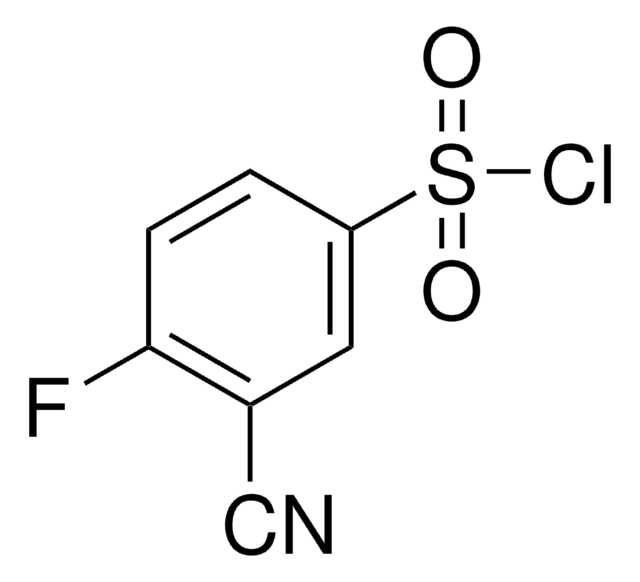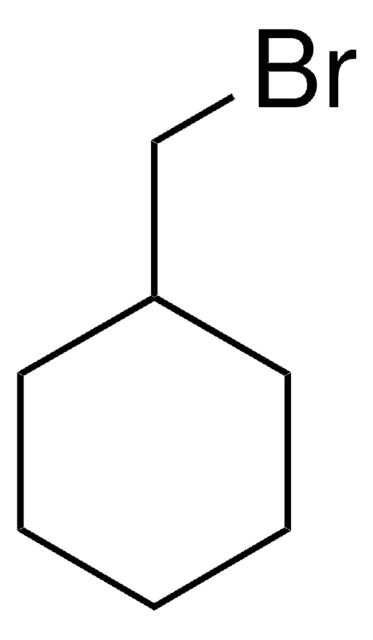All Photos(1)
About This Item
Linear Formula:
CH3(CH2)8Br
CAS Number:
Molecular Weight:
207.15
Beilstein:
1733632
EC Number:
MDL number:
UNSPSC Code:
12352100
PubChem Substance ID:
NACRES:
NA.22
Recommended Products
Assay
98%
form
liquid
refractive index
n20/D 1.454 (lit.)
bp
201 °C (lit.)
density
1.084 g/mL at 25 °C (lit.)
SMILES string
CCCCCCCCCBr
InChI
1S/C9H19Br/c1-2-3-4-5-6-7-8-9-10/h2-9H2,1H3
InChI key
AYMUQTNXKPEMLM-UHFFFAOYSA-N
Looking for similar products? Visit Product Comparison Guide
Related Categories
Signal Word
Warning
Hazard Statements
Precautionary Statements
Hazard Classifications
Aquatic Acute 1
Storage Class Code
10 - Combustible liquids
WGK
WGK 3
Flash Point(F)
194.0 °F - closed cup
Flash Point(C)
90 °C - closed cup
Personal Protective Equipment
dust mask type N95 (US), Eyeshields, Gloves
Certificates of Analysis (COA)
Search for Certificates of Analysis (COA) by entering the products Lot/Batch Number. Lot and Batch Numbers can be found on a product’s label following the words ‘Lot’ or ‘Batch’.
Already Own This Product?
Find documentation for the products that you have recently purchased in the Document Library.
Customers Also Viewed
P Balgavý et al.
General physiology and biophysics, 5(4), 365-370 (1986-08-01)
Interaction of chemical fusogen n-nonyl bromide with a model membrane formed from phosphatidylcholine was studied using 2D-NMR spectra of heavy water and 31P-NMR proton decoupled spectra of the lipid phosphate group in multilamellar lipid dispersions. n-Nonyl bromide was found to
Hypomethylating agents (HMAs) effect on myelodysplastic/myeloproliferative neoplasm unclassifiable (MDS/MPN-U): single institution experience.
Aref Al-Kali et al.
Leukemia & lymphoma, 1-3 (2018-02-22)
Anna Parus et al.
Ecotoxicology and environmental safety, 208, 111595-111595 (2021-01-06)
Modern agricultural practices are often based on the use of mixtures of specific herbicides to achieve efficient crop protection. The major drawbacks of commercial herbicidal formulations include the necessity to incorporate toxic surfactants and high volatility of active substances. Transformation
Our team of scientists has experience in all areas of research including Life Science, Material Science, Chemical Synthesis, Chromatography, Analytical and many others.
Contact Technical Service
















